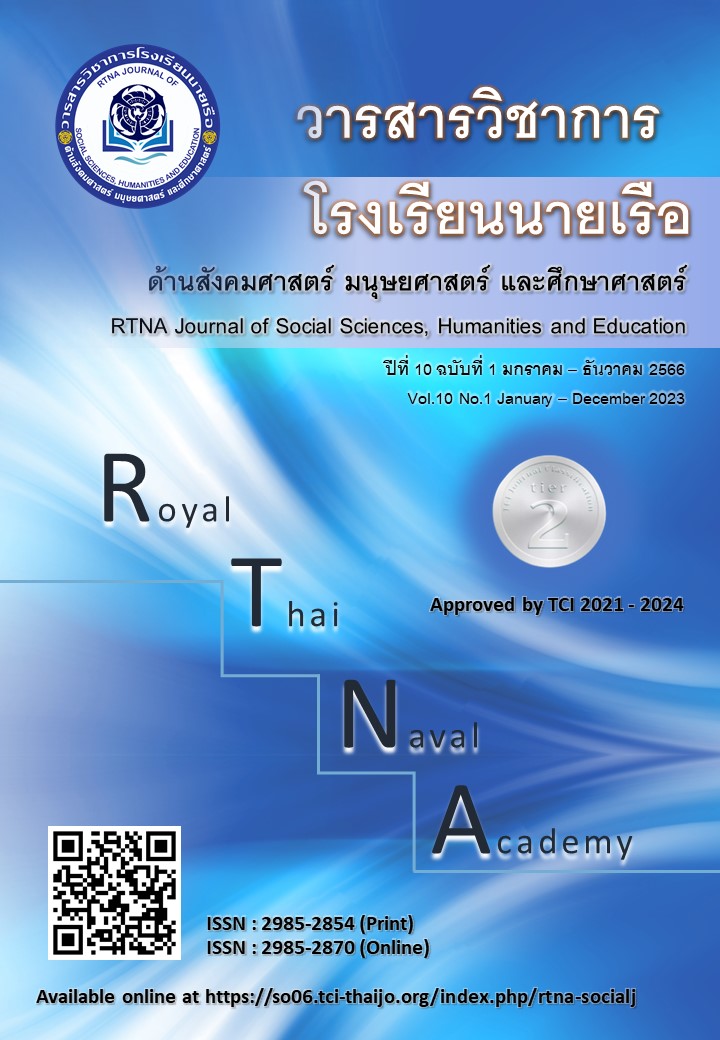The Difference between Continental Shelf and Exclusive Economic Zone
Keywords:
Maritime Zones, Sovereign Right, Continental Shelf, Exclusive Economic ZoneAbstract
Maritime zones under sovereign right of the coastal state are continental shelf and exclusive economic zone. Continental shelf and exclusive economic zone are both alike and different. It is very important for the coastal State to understand the sovereign right in these areas.
Over the continental shelf, the coastal state exercises sovereign right over seabed and subsoil whereas water column above the continental shelf is defined as high sea. Over the exclusive economic zone, the coastal state exercises sovereign right for living and non-living resources over seabed and subsoil, whereas water column. Water column over the continental shelf and the exclusive economic zone are defined differently, law enforcement in each area is different too. This article aims at explaining the history and difference between continental shelf and exclusive economic zone.
References
กรมอุทกศาสตร์. (2555). คู่มือเทคนิคกฎหมายทะเลสำหรับนายทหารอุทกศาสตร์: ที่ระลึกวันคล้ายวันสถาปนากรมอุทกศาสตร์ ครบรอบปีที่ 91 วันที่ 16 มกราคม 2555. กรุงเทพฯ: กรมอุทกศาสตร์ กองทัพเรือ.
กระทรวงการต่างประเทศ. กรมสนธิสัญญาและกฎหมาย. (2548). อนุสัญญาสหประชาชาติ ว่าด้วยกฎหมายทะเล ค.ศ.1982. กรุงเทพฯ: กรมสนธิสัญญาและกฎหมาย กระทรวงการต่างประเทศ.
ประกาศกำหนดไหล่ทวีปของประเทศไทยด้านอ่าวไทย. (2516, 1 มิถุนายน). ราชกิจจานุเบกษา (ฉบับพิเศษ). เล่ม 90 ตอนที่ 60. หน้า 1-2.
ประกาศ เขตเศรษฐกิจจำเพาะของราชอาณาจักรไทย. (2524, 25 กุมภาพันธ์). ราชกิจจานุเบกษา (ฉบับพิเศษ). เล่ม 98 ตอนที่ 30. หน้า 1-2.
ประกาศ เขตเศรษฐกิจจำเพาะของราชอาณาจักรไทยด้านทะเลอันดามัน. (2531, 26 กรกฎาคม). ราชกิจจานุเบกษา. เล่ม 105 ตอนที่ 120. หน้า 231-233.
ประกาศ เขตเศรษฐกิจจำเพาะของราชอาณาจักรไทยด้านอ่าวไทยส่วนที่ประชิดกับเขตเศรษฐกิจจำเพาะของประเทศมาเลเซีย. (2531, 18 กุมภาพันธ์). ราชกิจจานุเบกษา. เล่ม 105 ตอนที่ 27. หน้า 51-52.
ประกาศ ใช้ความตกลงระหว่างรัฐบาลแห่งราชอาณาจักรไทยกับรัฐบาลแห่งสาธารณรัฐอินเดียว่าด้วยการแบ่งเขตก้นทะเลระหว่างประเทศทั้งสองในทะเลอันดามัน. (2522, 18 พฤษภาคม). ราชกิจจานุเบกษา (ฉบับพิเศษ). เล่ม 96 ตอนที่ 83. หน้า 1-6.
ประกาศ ใช้ความตกลงระหว่างรัฐบาลแห่งราชอาณาจักรไทยกับรัฐบาลแห่งสาธารณรัฐอินโดนีเซียว่าด้วยการแบ่งเขตก้นทะเลระหว่างประเทศทั้งสองในทะเลอันดามัน. (2521, 19 กันยายน). ราชกิจจานุเบกษา. เล่ม 95 ตอนที่ 98. หน้า 530-534.
ประกาศ เรื่อง ใช้อนุสัญญากรุงเจนีวาว่าด้วยกฎหมายทะเล. (2512, 29 เมษายน). ราชกิจจานุเบกษา. เล่ม 86. ตอนที่ 44. หน้า 450-518.
Advisory Board for the Law of the Sea (ABLOS). (2020). A Manual on Technical Aspects of the United Nations Convention on the Law of the Sea-1982. (C-51 Edition 6.0.0). Monaco: International Hydrographic Organization (IHO).
Eijas Ariffin. (2018, 7 April). The Asian Post, Will Indonesia renegotiate its maritime borders with Australia. Retrieved from https://theaseanpost.com/article/will-indonesia-renegotiate-its-maritime-borders-australia
International Tribunal for the Law of the Sea (ITLOS). (Judgment of 2012, 14 March). Dispute Concerning Delimitation of the Maritime Boundary between Bangladesh and Myanmar in the Bay of Bengal. Hamburg: International Tribunal for the Law of the Sea.
United Nations. (1958, April 29). Convention on the Territorial Sea and the Contiguous Zone. Retrieved from https://www.un.org/depts/los/convention_agreements/texts/unclos/part2.htm
United Nations, Division for Ocean Affairs and the Law of the Sea, Office of Legal Affairs. (2001). United Nations Convention on the Law of the Sea 1982. Retrieved from https://www.un.org/depts/los/convention_agreements/texts/unclos/unclos_e.pdf
Downloads
Published
Issue
Section
License
Copyright (c) 2023 Royal Thai Naval Academy

This work is licensed under a Creative Commons Attribution-NonCommercial-NoDerivatives 4.0 International License.
The author has the sole responsibility for the material published in RTNA Journal of Social Sciences, Humanities, and Education, which the editorial team may not agree on that material.
RTNA Journal of Social Sciences, Humanities, and Education owns the copyright of the text, the illustration, or other material published in the journal. No parts or the whole of the material published may be disseminated or used in any form without first obtaining written permission from the academy.






